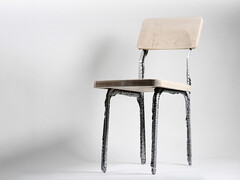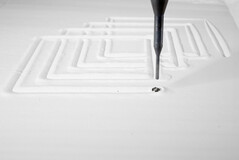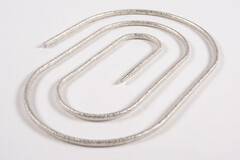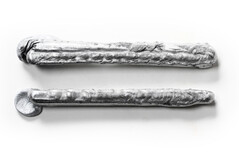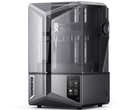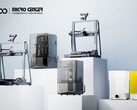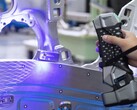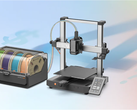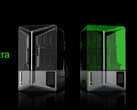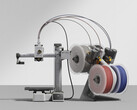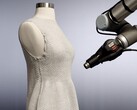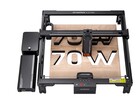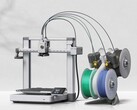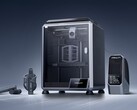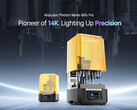Not just whistles, ship models and D&D figures. Researchers at MIT have developed components to gradually create metal parts using the 3D printing process.
They use aluminum for this. The metal is relatively light weighted, widely available, has a comparatively low melting point, is easy to recycle and sufficiently stable for demanding applications.
The 3D printer is not yet really suitable for home use. An aluminum block the size of a loaf of bread is melted at 1,300 °F (700 °C) in an oversized toaster powered by electricity. The temperature is just above the melting point of the light metal.
Numerous test runs were necessary to obtain the desired shape. After graphite or various salts proved unsuitable, the printing form now consists of 100 micrometer large glass beads.
This material can be shaped as desired and can withstand molten aluminum. The search for a printing nozzle is said to have been similarly difficult because the extremely high temperature of liquid metal destroys or at least deforms almost everything. In the end, only ceramic remained for permanently satisfactory printing results.
A few positive aspects for practical use have already been achieved. Once the aluminum has melted, the printing speed is said to be amazingly high. And in addition to the frame of a chair and various special shapes, aluminum frames in particular were printed.
These are strong enough to be milled and drilled for further processing. The chair should also have the desired stability.
It should therefore be possible to produce beams and other elements with a high degree of strength using this printing process. Of course, the visual appearance should play a subordinate role.
The further prospects of the technology are still a dream of the future: collected scrap metal is melted down directly and given the desired shape in the printing process. A little post-processing is then carried out. That's it. Recycling on site and in just a few steps. The prospect is exciting in any case.




